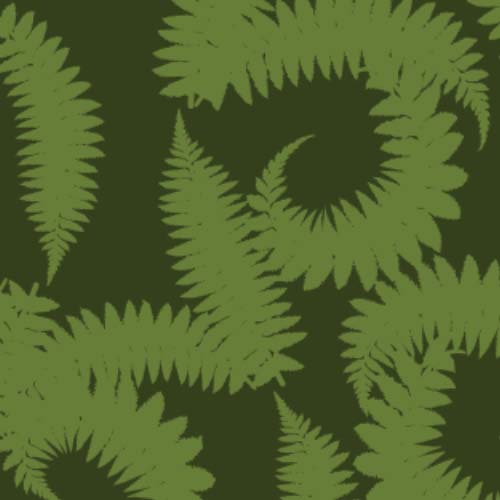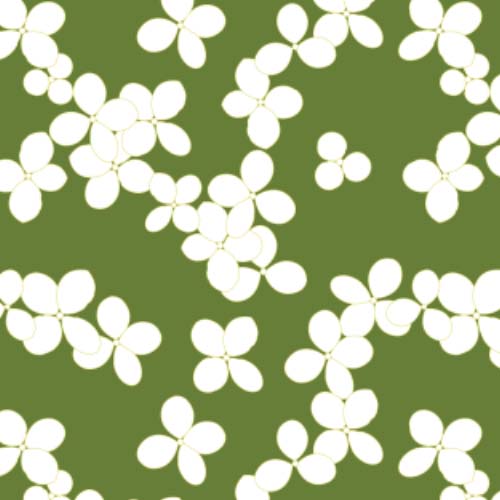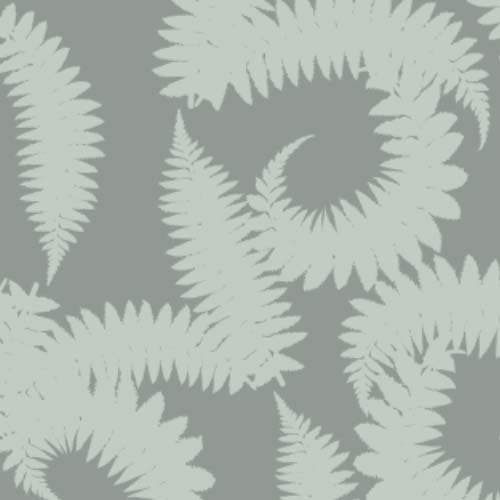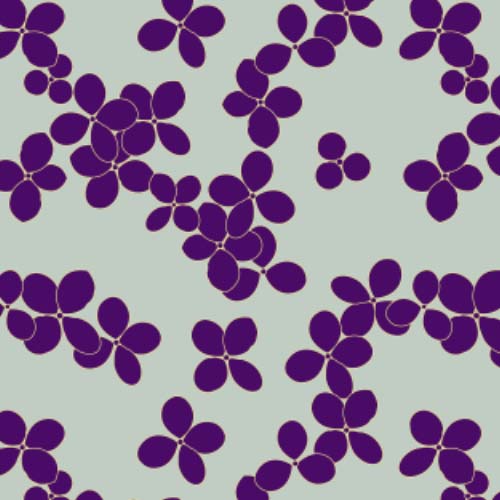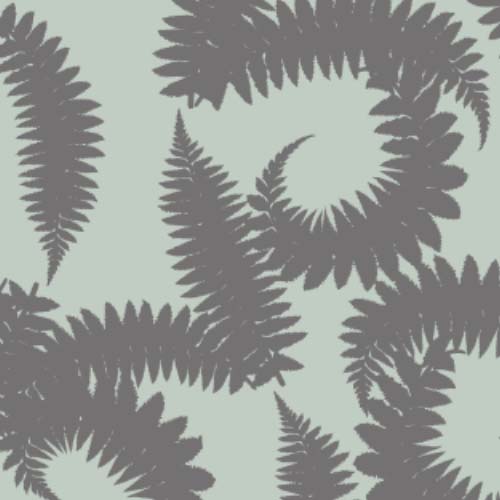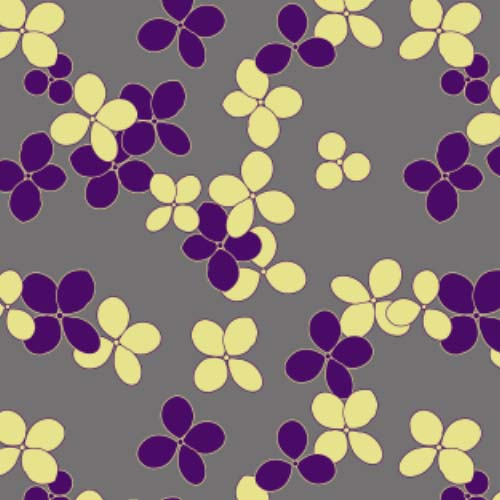I’ve noticed something interesting as I’ve been posting and uploading patterns online. Patterns that are mathematically perfect get little to no attention. As in computer-generated tessellations, even if the original element was hand-painted, there’s just something about the precise repetition that people don’t respond to. As an example:
It’s not that nobody likes it - just that the reaction is mostly meh. Just a few eyeballed tweaks and the likes jump significantly:
Obviously there’s some differences between the two but both were completely computer generated and both are basically abstract. It’s just that the colorful one was all placed by hand, it’s balanced but not perfect, there are differences in the amount of overlap - areas that could be improved. What it does is give the eyes and the brain something to think about. While the paperclips, where the grid was also determined by the computer, once you’re done saying ‘Oh, paperclips!’ has nothing more to offer - except maybe to be some really cool desk drawer liners.
Trends may have a little something to do with it but overall I suspect the psychology of how we see is the real driving force. If I were to redo the paperclips I would add a second step of hand manipulation to move one or two out of perfect alignment. It’s definitely something I’m paying more attention to as new designs are developed.
Thoughts? What do you like about your favorite patterns?


















